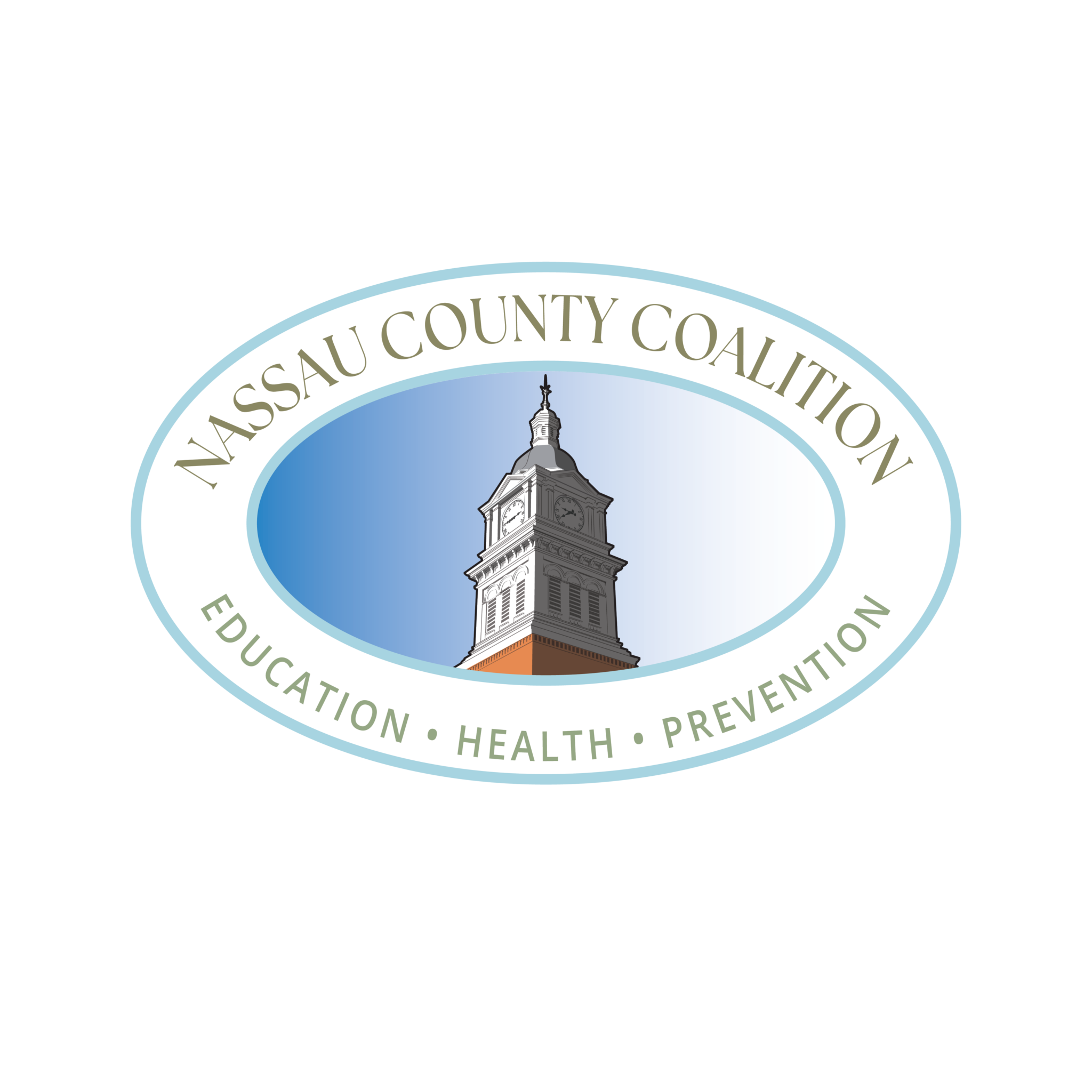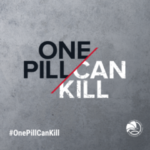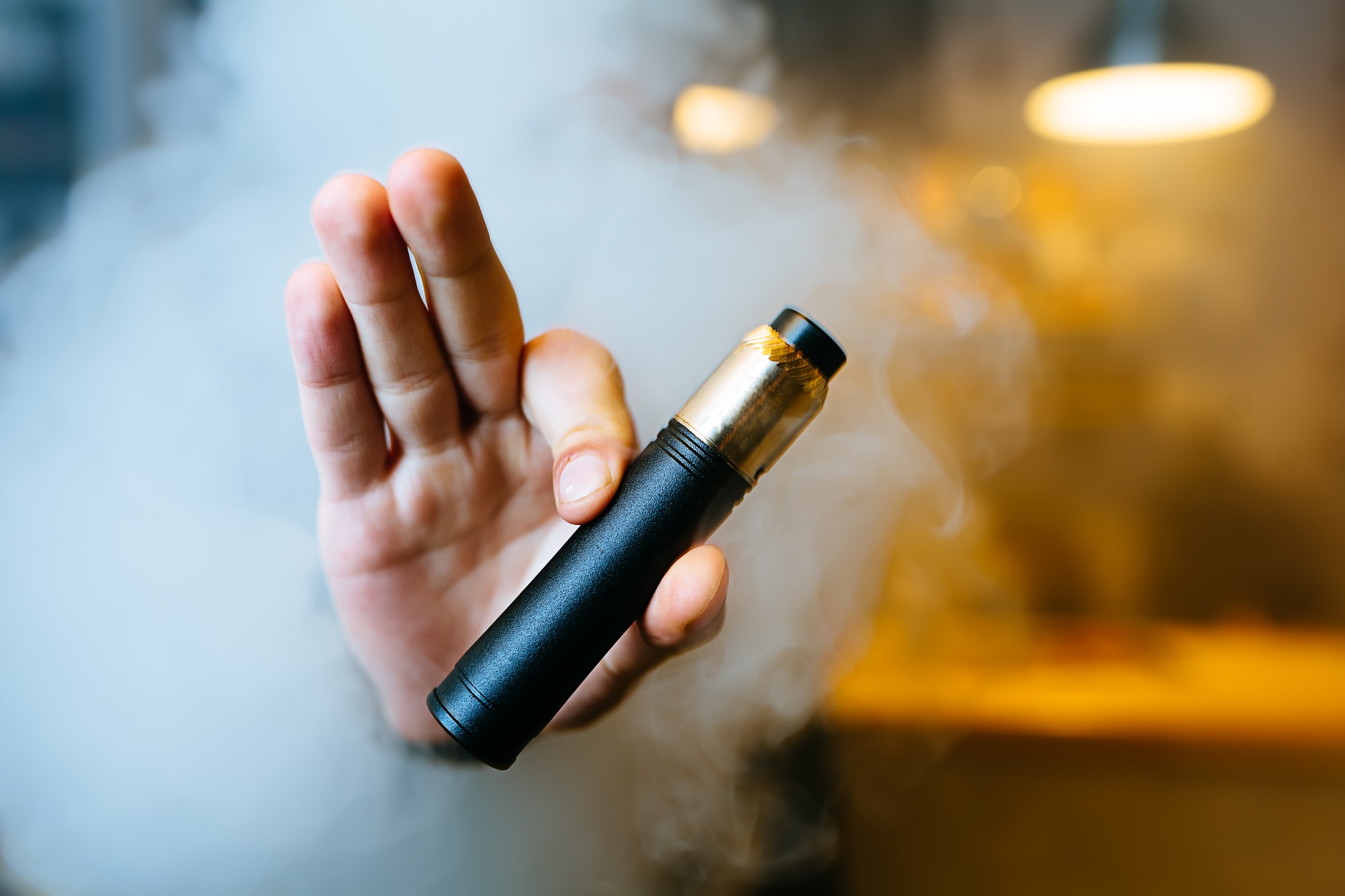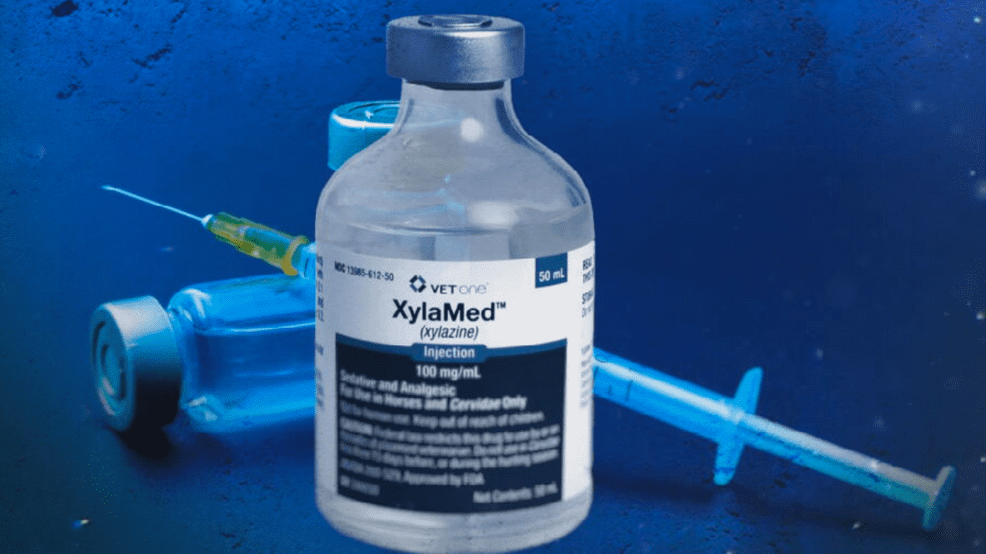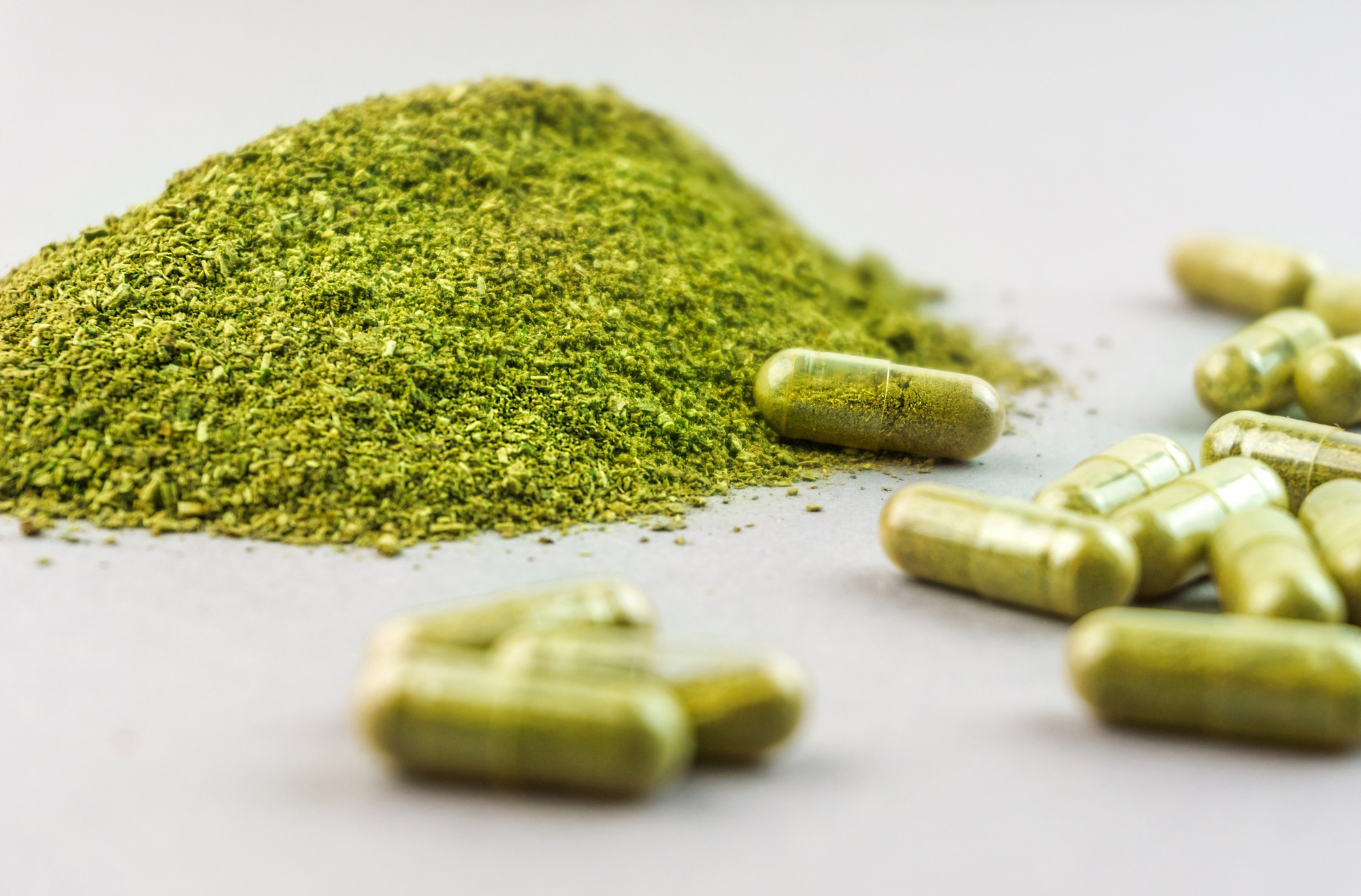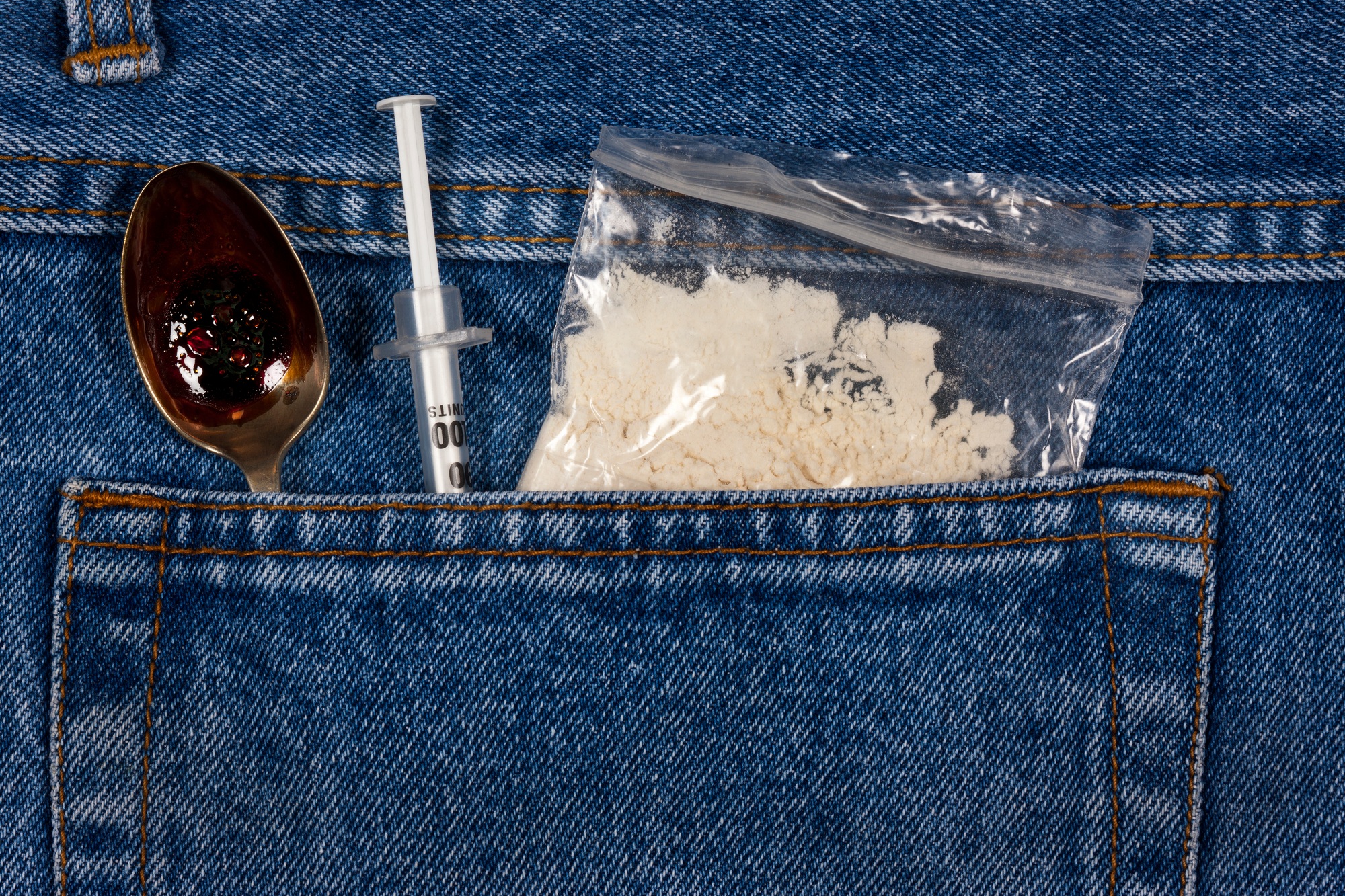Resources
One Pill Can Kill: Fentanyl Awareness
In 2023, DEA seized more than 80 million fentanyl-laced fake pills and nearly 12,000 pounds of fentanyl powder. The 2023 seizures are the equivalent to more than 390 million lethal doses of fentanyl.
The 2024 fentanyl seizures represent over 302 million deadly doses. {2MG of Fentanyl equates
to a potentially deadly dose}
Laboratory testing indicates that 7 out of every 10 pills seized by DEA contain a lethal dose of
fentanyl.
The DEA has seized a record 79.5 million fentanyl pills to date in 2023, which already exceeds last year’s total of 58 million pills.
Delta-8 THC: What You Need to Know
Delta-8 THC is a psychoactive compound found in cannabis plants that has surged in popularity
due to its availability in unregulated markets. Often marketed as a “legal alternative” to Delta-9 THC (the primary psychoactive ingredient in marijuana), Delta-8 can produce similar effects
such as euphoria, sedation, and altered perception.
Despite its widespread use, Delta-8 products are largely unregulated, which raises concerns
about their safety and quality. Many contain harmful contaminants or higher-than-advertised
THC levels, posing serious risks, especially to children and teens. According to the FDA,
adverse reactions like hallucinations, confusion, and vomiting have been reported.
Xylazine: A Dangerous Emerging Threat
Xylazine, often referred to as “tranq,” is a powerful veterinary sedative increasingly found in illicit drug supplies, often mixed with opioids like fentanyl. While not approved for human use, its presence in street drugs has grown, creating new dangers for individuals using these
substances.
Xylazine use can result in severe health complications, including profound sedation, slowed breathing, low blood pressure, and the development of necrotic skin ulcers, even in areas where the drug wasn’t injected. Alarmingly, because it is not an opioid, traditional overdose reversal medications like naloxone (Narcan) are ineffective against its effects.
Educating the community about the risks of Xylazine is vital for preventing harm and saving
lives. If you suspect someone is experiencing a Xylazine-related overdose, call 911 immediately
and seek medical attention.
Kratom: Understanding the Risks
Kratom is a plant-derived substance that has gained popularity for its stimulant and sedative
effects, depending on the dose. Marketed as a natural remedy for pain, anxiety, and opioid
withdrawal, Kratom is often perceived as safe. However, it is not FDA-approved, and its
unregulated status poses significant health risks.
Research shows that Kratom use can lead to serious side effects, including nausea, dizziness,
seizures, and respiratory depression. It can also be addictive, with withdrawal symptoms similar
to those of opioids. Alarmingly, some Kratom products have been found to be contaminated with heavy metals or harmful pathogens like Salmonella.
Given its growing popularity and potential dangers, it’s critical to educate the community about the risks associated with Kratom. Always consult a healthcare professional before using
unregulated substances.
Substance Misuse and Mental Health: The Connection
Substance misuse and mental health are deeply interconnected, often influencing and
exacerbating one another. Many individuals struggling with substance use also experience
mental health challenges like depression, anxiety, or PTSD. These co-occurring disorders
create a complex cycle, where substance use may temporarily mask mental health symptoms
but ultimately worsens them over time.
Addressing both conditions together is critical for effective treatment and recovery. Integrated
care approaches, which treat substance misuse and mental health simultaneously, are proven
to improve outcomes and foster long-term wellness.
Understanding this connection is vital for breaking the stigma and creating supportive pathways to recovery. If you or someone you know is struggling with substance use or mental health concerns, seeking professional help is the first step toward healing.
Adverse Childhood Experiences: Risk and Resilience
Adverse Childhood Experiences (ACEs)—such as trauma, abuse, neglect, or household
instability—can profoundly affect a child's development, increasing the risk of mental health challenges and substance misuse later in life. However, these risks can be mitigated by
protective factors like strong family connections, supportive mentorship, and positive peer
relationships.
By fostering environments where children feel safe, supported, and empowered, we can help
them build resilience and thrive despite adversity. Understanding the balance between risk and protective factors is key to promoting healthier outcomes for youth and ensuring they have the tools they need to succeed.
Youth Substance Use and Brain Development
Adolescence is a critical period of brain development, making youth particularly susceptible to the impacts of substance use. Substances like alcohol, nicotine, and marijuana can interfere with the brain’s growth, affecting memory, decision-making, and emotional regulation.
Peer pressure, social influences, and the normalization of substance use can increase these risks. Educating youth about the effects of substance use and creating substance-free
opportunities are essential to safeguarding their mental and physical health. Early prevention
and support play a crucial role in helping young people make informed choices and build a
foundation for lifelong wellness.
Up and Away Campaign: Put your medicines up and away, and out of sight
Approximately 35,000 young children are brought to the emergency room each year because they accessed medication that were left out or not stored safely. Poison Control data from 2022 shows 37% of calls involved children 5 and under.
Supported by the Centers for Disease Control and Prevention (CDC), Up and Away aims to
reduce the risk of accidental medicine poisoning and keep children safe, healthy, and thriving.
Up and Away is a public education campaign dedicated to preventing accidental medicine
poisoning in children. This initiative emphasizes the importance of safely storing medicines and
vitamins out of sight and reach of young children. With a focus on educating caregivers,
parents, and healthcare providers, Up and Away provides practical tips and resources to help
families create a safe environment at home.
